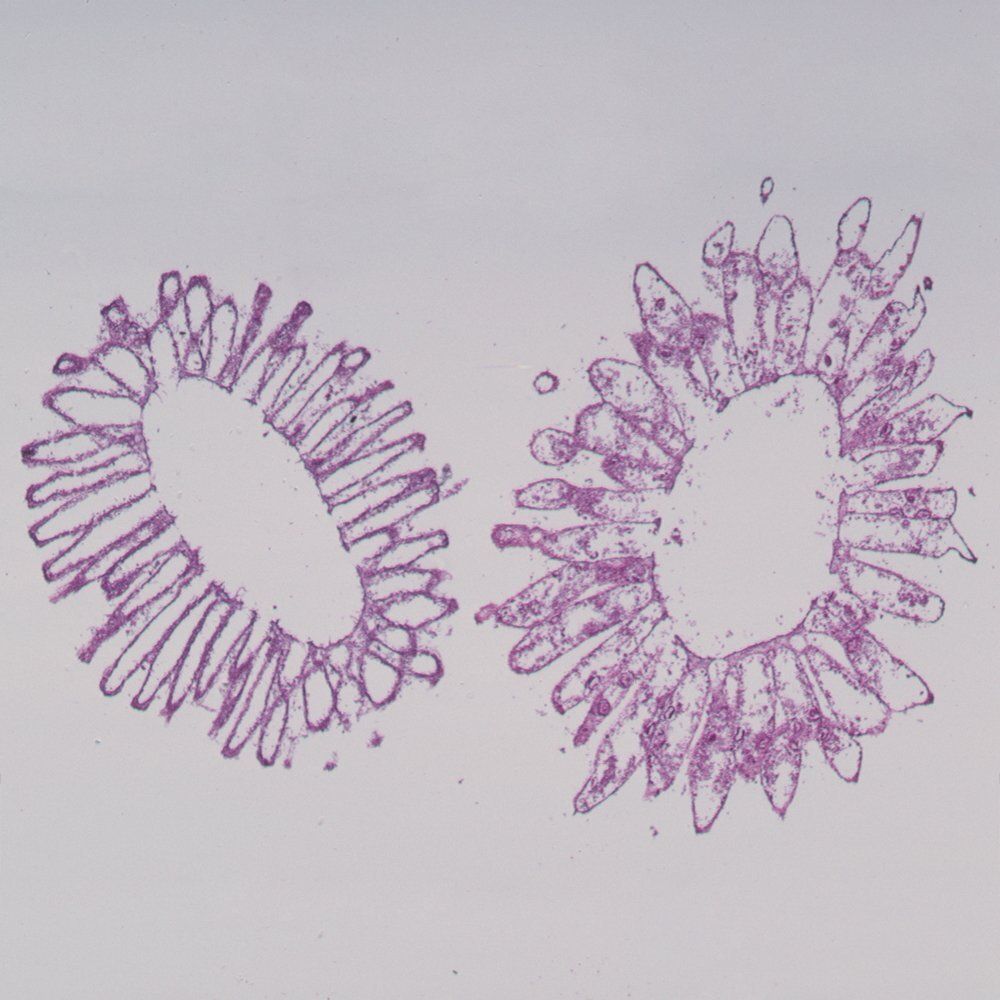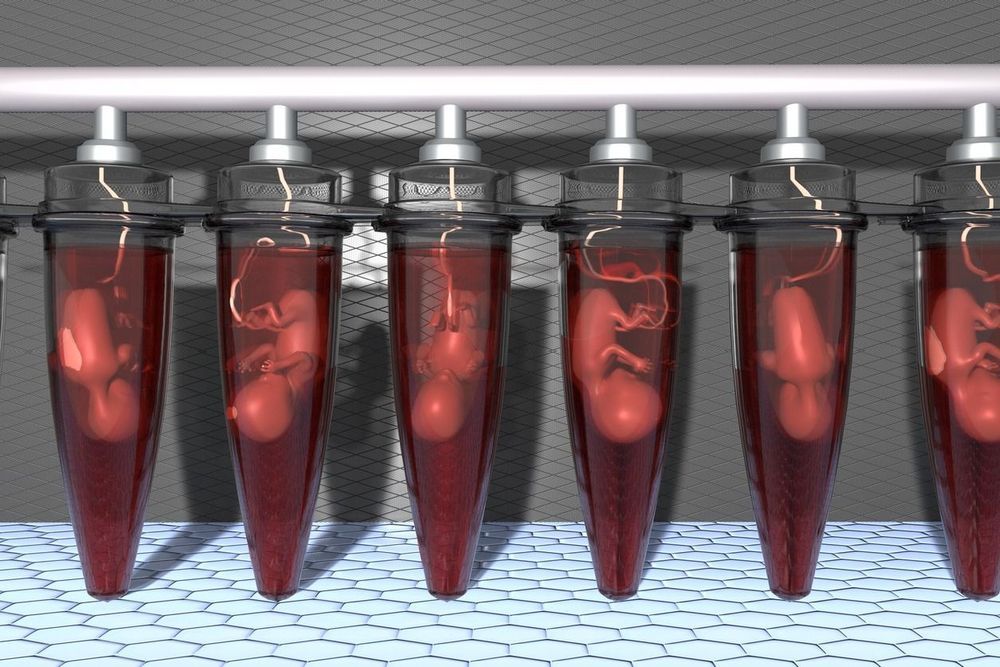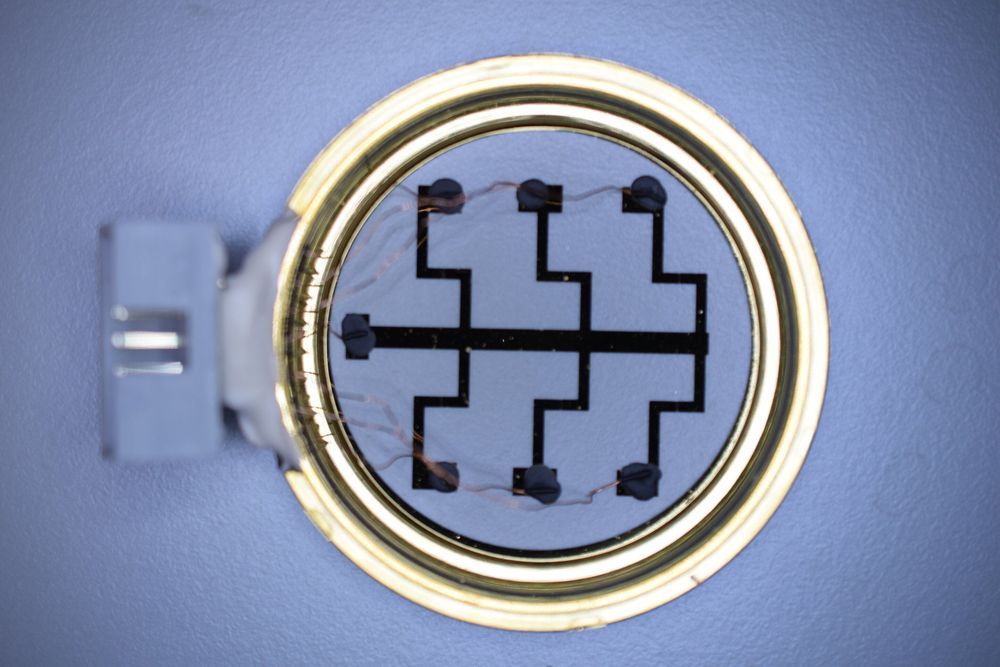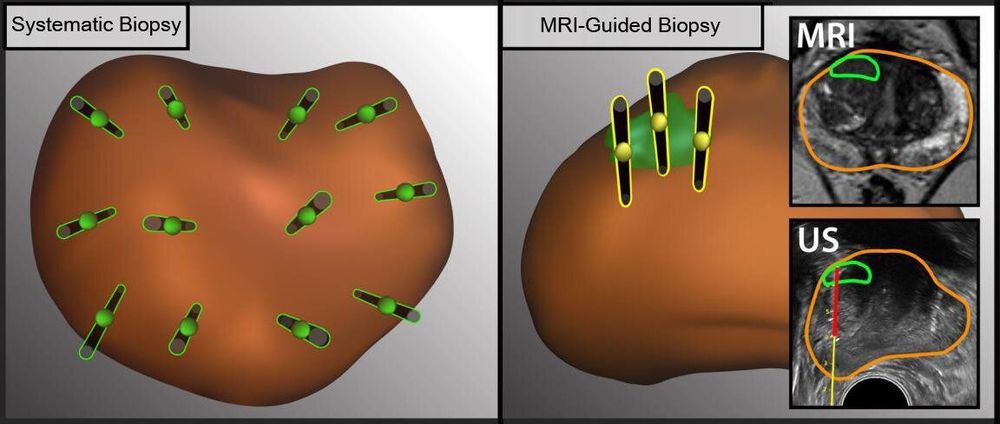Page 8703
Jun 12, 2019
Evolutionary discovery to rewrite textbooks
Posted by Xavier Rosseel in category: futurism
Scientists at The University of Queensland have upended biologists’ century-old understanding of the evolutionary history of animals.
Using new technology to investigate how multi-celled animals developed, their findings revealed a surprising truth.
Professor Bernie Degnan said the results contradicted years of tradition.
Continue reading “Evolutionary discovery to rewrite textbooks” »
Jun 12, 2019
Wireless devices go battery-free with new communication technique
Posted by Richard Christophr Saragoza in categories: energy, internet, surveillance

This technology is also used for surveillance.
We might be one step closer to an Internet-of-things reality.
Continue reading “Wireless devices go battery-free with new communication technique” »
Jun 12, 2019
Artificial Wombs: What’s Really Needed
Posted by Richard Christophr Saragoza in category: biotech/medical
This technology is being pushed as “New”. This was already perfected in 1965 if not before.
A recent article in Nature Communications announces the development of a kind of artificial womb (or extracorporeal gestational system). So far it has been used to further the development of premature lambs. Technology website Gizmodo breaks down the technical journal article in more understandable terms.
The research team, led by Alan Flake from the Children’s Hospital of Philadelphia, has shown that it’s possible to support extremely premature lambs in an external artificial womb, and to recreate the conditions required for normal gestational development. The lambs were able to grow inside a fluid-filled device, which sustained them for a record-breaking four weeks. Subsequent tests on the lambs indicated normal development of their brain, lungs, and organs. It may take another decade before this technology can be used on premature human infants, but it’s an important step in that direction.
Jun 12, 2019
AI, Immunology, and Healthcare — Professor Shai Shen-Orr PhD., Associate Professor at Technion — Israel Institute of Technology, and Founder and Chief Scientist CytoReason — ideaXme — Ira Pastor
Posted by Ira S. Pastor in categories: aging, big data, bioengineering, biotech/medical, business, disruptive technology, DNA, genetics, health, life extension

Jun 12, 2019
Genome Medical nets $23M to grow its telegenomics service platform
Posted by Genevieve Klien in categories: biotech/medical, health
Telegenomics provider Genome Medical has raised $23 million to help scale up its “last-mile” patient counseling services for healthcare systems and individuals across the U.S.
The company also plans to expand its team of clinical genomics specialists as well as continue the development of its delivery platform. The series B round brings Genome Medical’s fundraising total up to $46 million since its 2016 founding.
The latest financing was led by Echo Health Ventures, a collaboration between Cambia Health Solutions and Mosaic Health Solutions. Other new backers included LRVHealth, Casdin Capital, Perceptive Advisors, Manatt Venture Fund and Dreamers Fund.
Continue reading “Genome Medical nets $23M to grow its telegenomics service platform” »
Jun 12, 2019
This Harvard Prof Is Listing Genes That Could Make You Superhuman
Posted by Shane Hinshaw in category: genetics
Harvard geneticist George Church, famous for his plan to resurrect the woolly mammoth, has been assembling a list of genetic mutations and alterations that could give people longer lives and superhuman powers.
The spreadsheet, which reads like a mad scientist’s field notes, lists the known pros and cons of each gene. For instance, a specific mutation to the LRP5 gene would give you extra-strong bones — but also make you less buoyant in water. Other edits could give subjects resistance to radiation or incredible skills at holding their breath underwater.
All in all, the spreadsheet serves as a glimpse into the sort of changes we may expect once human gene-hacking becomes safer and more common.
Continue reading “This Harvard Prof Is Listing Genes That Could Make You Superhuman” »
Jun 12, 2019
Asteroid mining not a million miles away
Posted by Klaus Baldauf in categories: computing, engineering, mathematics, space travel
Work by a team of University of Adelaide scientists to perfect metal and mineral extraction processes is bringing the possibility of mining the wealth contained within asteroids closer to reality. But science fiction won’t become fact until asteroid mining becomes economically as well as technically viable.
“Asteroids such as Bennu are closer to us than Adelaide is to Alice Springs, about 1000 kilometres away in Earth’s near orbit,” says Professor Volker Hessel, Deputy Dean-Research from the University of Adelaide’s Faculty of Engineering, Computer & Mathematical Sciences (ECMS) and Professor in the School of Chemical Engineering.
“Advances in space exploration mean that these bodies which contain nickel, cobalt, and platinum as well as water and organic matter, are now within reach.”
Continue reading “Asteroid mining not a million miles away” »
Jun 12, 2019
Detecting bacteria such as E. coli in minutes
Posted by Paul Battista in category: futurism
A discovery by researchers at the School of Life Sciences at the University of Warwick offers a new technology for detecting bacteria in minutes by ‘zapping’ the bacteria with electricity.
Jun 12, 2019
Study shows more effective method for detecting prostate cancer
Posted by Paul Battista in category: biotech/medical
Each year, 1 million men in the U.S. undergo biopsies to determine whether they have prostate cancer. The biopsy procedure traditionally has been guided by ultrasound imaging, but this method cannot clearly display the location of tumors in the prostate gland.
A multidisciplinary team of UCLA physicians has found that a new method, which includes biopsy guided by magnetic resonance imaging, or MRI, can be used together with the traditional method to increase the rate of prostate cancer detection.
Ultrasound has been used to visualize the prostate in order to take a representative sampling of tissue to biopsy. The introduction of MRI has allowed doctors to see specific lesions in the prostate and only take tissue samples from those spots. But the two sampling methods often aren’t used in combination.
Continue reading “Study shows more effective method for detecting prostate cancer” »
















